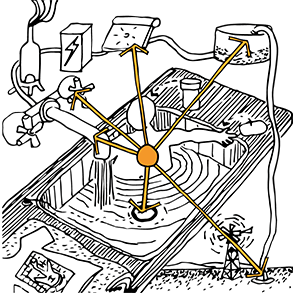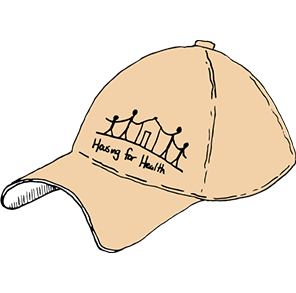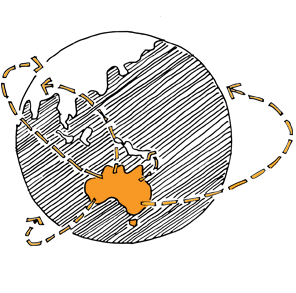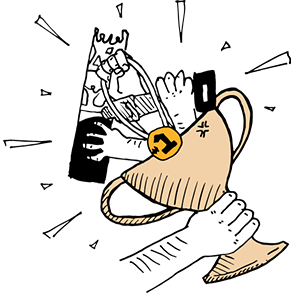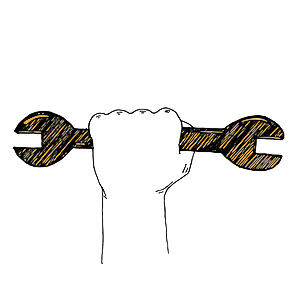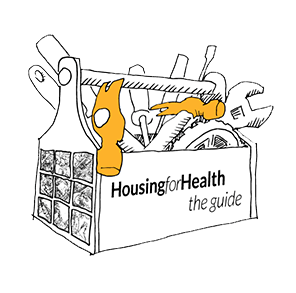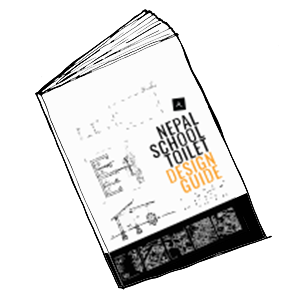ADVOCACY: The value of a plug
How valuable is a plug?
As one of our NT Project Manager gets hundreds of plugs ready for projects in east Arnhem land, we reflect on the value of a simple little plug.
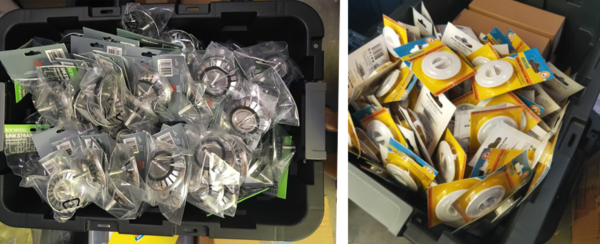
Hundreds of Plugs are prepared for a Housing for Health project
Without a plug, how do you:
- Wash a baby or toddler in the 70L laundry tub (when there is no bathtub or ‘baby bath’)? See HLP 1. Washing People
- Soak, wash and rinse soiled kids clothes (when buckets are unavailable to purchase locally)? HLP 2. Washing Clothes and Bedding
- Do the washing up efficiently in the kitchen, to minimise the presence of food waste and hence attracting of vermin, ants and pets? HLP 4. Improving Nutrition
Healthabitat has carried out lots of R&D over the years on plugs, It’s a simple fix in a house but one that can make a big difference to the health-giving function of a home.
From Housing for Health – the guide (Healthabitat’s technical resource)
Diarrhoeal and respiratory diseases, in particular, are the major causes of illness among Indigenous children and also play a major role in malnutrition in the first three years of life. Skin infection is one of the most common problems of Indigenous children and causes chronic illness and discomfort. Re current or persistent skin infection is known to increase the risk of developing kidney disease and rheumatic fever. All these illnesses are commonly linked to poverty.
Washing children daily is likely to reduce the frequency and spread of these diseases.
The humble plug aids in making the health giving parts of a home function.


